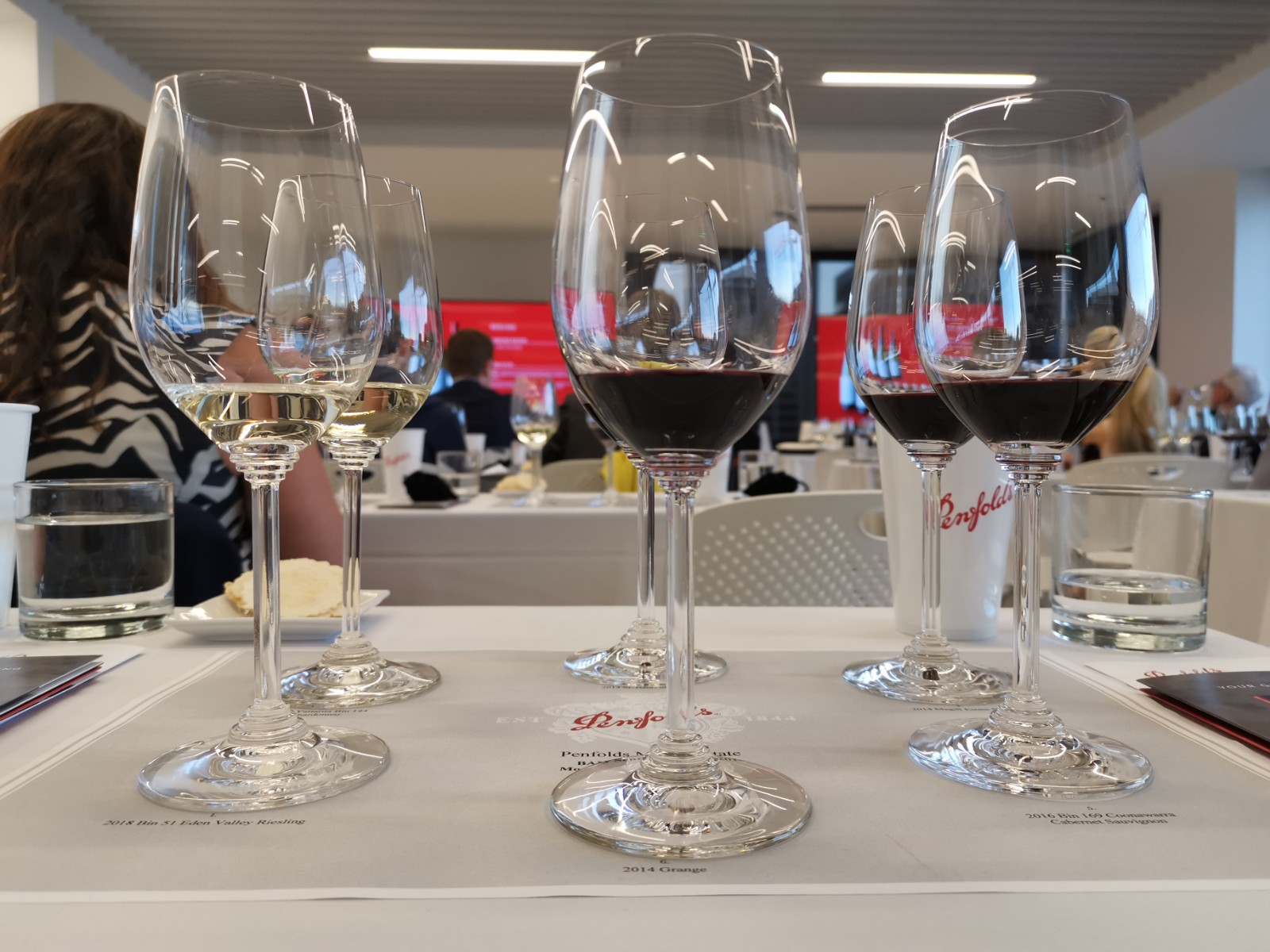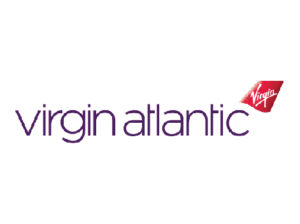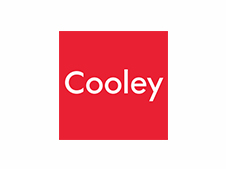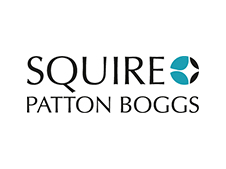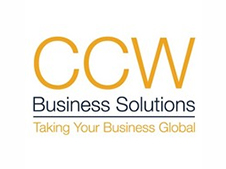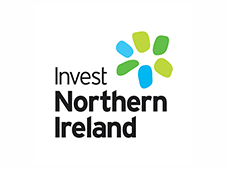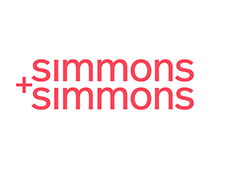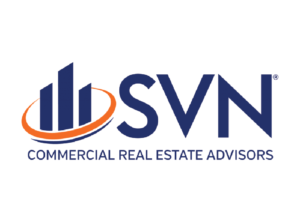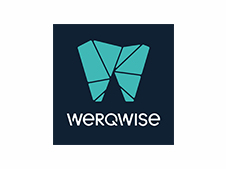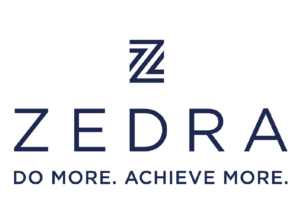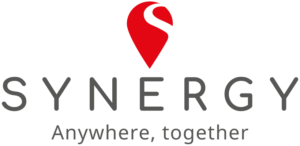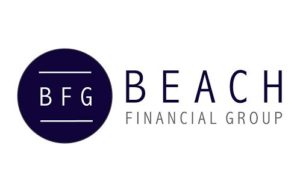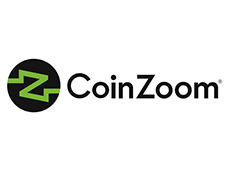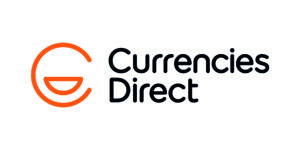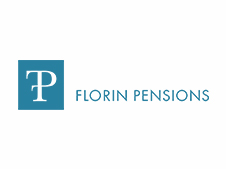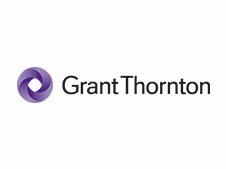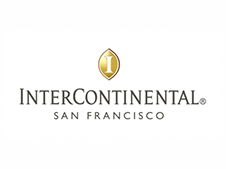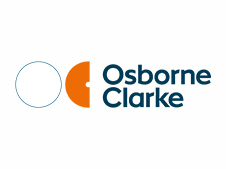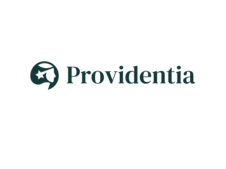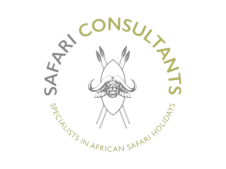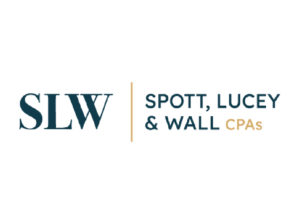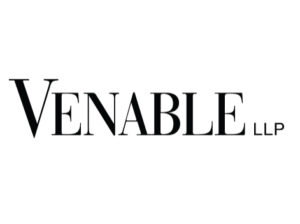On October 2
nd 2019, the BABC teamed up with Premier Members Werqwise, SVN QAV and Turner &Townsend to present “The Changing Face of the World We Work In: Future trends in the built environment”, an event that built upon last year’s event “Disruptions in the Real Estate”.
Over 50 guests joined us at Werqwise’s co-working space at 149 New Montgomery Street to hear from our five speakers, from various backgrounds in the Real Estate Industry, their insights, experiences and predictions on future trends in Real Estate Brokerage, Real Estate Construction and Engineering, Co-Working spaces and Sustainability within .
The evening kicked off with moderator Henry Davies of Turner & Townsend introducing returning panelists Catherine House of SVN QAV, Steve Burrows, principal consultant for Cameron MacAllister Group, Alan Mackay of Werqwise and a new addition to the panel, Megan White of Integral Group . Henry asked the panel to introduce themselves to the audience before delving into what trends are in store for the future of the built environment. Megan quickly noted that the future of tomorrow is actually that of today. With that statement an intriguing panel discussion began.
Henry opened the discussion asking our panel what the main disruptions are currently in the built environment. Commercial Real Estate consultant Catherine House opened, quoting that of Tishman Speyer, who recently declared that co-working has been the biggest disruption since the elevator. Something that Catherine was quick to challenge, pointing out notable disruption from the likes of the digital revolution, automation, climate change and most recently the influence of Artificial Intelligence and tracking what humans can’t.
Steve Burrows opened passionately saying that we should be ashamed of ourselves and that it is time for great change, whether it be through Ai or a myriad of technology. Steve emphasized the importance of stopping the status quo and getting back to using common sense. Alan Mackay agreed but added that the biggest disruption is that of the end user and their expected experiences. Equally as passionate, Alan questioned at what point is the commercial real estate industry going to start focusing on that of the end user? Catherine added that it is more than just experience but the need for flexibility before Henry refocused the discussion What are the changes in end user needs and how is the real estate industry adapting to meet these changes?
A healthy debate developed, with Alan pointing out that the corporate built environment world needs to put the end user at the forefront and pointed out that corporations don’t know what they wish in the next 2-3 months let alone that of their end users. With that, Henry directed to Megan the question, what global trends you are seeing as it relates to Sustainability & Wellness in the workplace? Probing as to whether it was more than just beanbags and fluffy furnishings.
Megan strongly disagreed and emphasized that there is a major shift on the horizon that no one is prepared for and that this is a reality that will be abrupt. She highlighted the concern that the current model for experiences is based on that of the hospitality sector, noting that this is one of the most wasteful industries. Megan highlighted the untapped potential of data and the need for data transparency. Looking through the lens of flexibility, mentioned previously by Catherine, Megan elaborated that the importance of this and that bringing circularity actively into the conversation is necessary.
With that Henry was curios to hear what Steve’s views on sustainability were. Steve’s quick response being ‘sustainability is about durability’. Steve explained how we all exist to be happy and wish to enjoy our time on earth. He highlighted to the audience that it is a good time to think about how life will be in the future, designing for people and not just for financial gain. H reinforced the need to design things for reuse and flexibility. An example given was how all these parking lots are being constructed, yet we know that technology is ultimately going to replace car usage and the knock-on effect is what? What happens to all these disused parking lots?
This led Henry to ask the panel how they see AI impacting design within the built environment. Catherine was quick to note that “data is the new oil”. She made the connection to Big Brother and how this form of data collection informs the way we will use space. However, she still believes that the most important factor within her sector of brokerage is still the bottom line, reinforcing that buildings can’t be built that don’t make financial sense. She did note that there has been a shift in the responsibility of whom is responsible for the resources and cost of one’s space from building owners to the tenants themselves. Subsequently pointing out that this responsibility not only reduces the tenant’s environmental impact but also their own costs.
Megan pointed out that there is a clear need for change management and internally within the industry teams. She gave a case study of the collaboration with psychologists around the apparent shortage of conference rooms. She highlighted that by going in the field there was a complete disconnect in what was being heard and what was being seen. Reinforcing the need for optimization of space and not creating space for the sake of space. Megan voiced that there is a big change in the way we work and live. She cited that the way we live currently as a European equates to the resources of 3 planets and for those of us that live in the US requires 5! She summarized that there is a large opportunity to investigate space optimization and data will be the driver behind this.
Alan spoke regarding his own space, Werqwise, and similar spaces, that using personal data is one of their biggest issues at present. He explained the ethics and moral issues surrounding data collection and monitoring. He does believe there is a space for monitoring data but there is a point as which it can go to far in assessing individuals.
Steve reinforced the first two questions that should be asked with regards to data. 1, what we want to do and 2, how we are going to do it. Then come the KPIs, reiterating Alan’s point and the importance of treating people as people and not data themselves. Steve spoke from experience of going back to Maslow’s Hierarchy of needs. He explained that from that came a different way of living to occupy one of his latest building projects. Emphasizing that this is the sort of data approach that needs to be taken. It should be beyond that of the building and more about the design of cities. Steve reinforced how buildings are standalone entities that take on energy and throw out waste. He emphasized that we must find a way to consider the urban environment as a single entity, ‘as a living organism’.
Catherine reinforced Steve’s point of a living and growing organism where she noted how she is seeing in her industry the development of medical spaces being included in the likes of malls or re purposed warehouses to be more integrated into communities. Catherine still emphasized that the key driver is still money and profit. Alan quite succinctly put that with regards to re-purposing and renovating space if we designed with more consideration in the first place, we wouldn’t have to do this so frequently if at all. People need to just stop and think.
Henry asked Megan specifically on what the biggest thing is to understand regarding sustainability. Megan highlighted how we are being driven to be more energy and water efficient in San Francisco and global cities around the world when in fact we should also be addressing embodied carbon. The energy it takes to make material such as concrete and aluminium is extremely impactful on the environment and there is an opportunity to find and think of bigger and better solutions to give buildings the longest life possible. “We have all this infrastructure out their so lets look for the opportunities”.
Steve jumped in to say that most sustainable thing is to not build it in the first place. He made comparisons of the construction industry to the yellow cab and how that industry has been affected by the likes of Uber and Lyft. “If you don’t take notice you’re going to get caught in the cross fire – we have a crisis and your job is to go back and do something about it”.
Henry asked how can leaders in the architecture, engineering and construction industries be a part of the change? And how/where can they get started? Catherine kicked things off with saying that it will be the need to embrace change primarily through using data. She went on further that this will be important for whether you are an investor, broker, architect that this will need to build into how not only data is collected but analysed and interpreted. There is a need to jump onboard and embrace data. Megan succinctly put that everyone needs to be part of the change “dive in commit and learn”. Steve took that viewpoint one step further sharing that millennials and Gen Z should go have their say, make change in the organizations they are working for, or involved in, and that change is not going to come from above. He reinforced that there is nothing to lose and that to “BE BOLD” is his advice. Alan emphasized that we don’t have all the answers but if we don’t get the smartest people in the room at the same time and share ideas then what is the point. He stated that “it’s all too easy to point fingers, we need to come up with it, share it, create it – don’t hold back – get that approach and get out there for it”.
With the panel discussion needing to an end Henry asked the panel in 5 years from now, what does the headline look like for the San Francisco real estate scene? starting with Catherine.
Catherine believes there will be no drastic change in 5 years in terms of real estate but reinforced her earlier point of big data being the new oil. Elaborating further she explained that the ripples of how data is understood by people will cause some changes, but the real estate industry is based on relationships and will continue to be so. She is hopeful that there will be small incremental change but no headlines.
Megan answered the same question but couldn’t have been more polar. She prefaced that there are going to winners and losers within the industry. In 5 years, she predicts big change and that it is on the horizon. She went on to say that those that are ready, thinking ahead and agile are the ones embracing culture and inclusivity, prepared for collaborative mindsets and thinking progressively.
Steve reinforced that in 5 years’ time there must be an openness to change. Steve compared San Francisco to the most beautiful place on this planet and most economical cities yet we need to address the social justice so heavily present.
Alan agreed and noted that the industry is already changing fast and it will continue to do so. Alan made clear that we can’t look at what’s on our door on a micro level and that we need to think bigger. He recommended putting politics aside and looking into emerging markets and seeing what can be learnt.
A healthy discussion flew throughout the night and could have done so late into the hours. To conclude our panels thoughts Henry Davies asked each speaker to identify one area that is not being given enough attention to. Catherine kicked off with data and how it is collected and interpreted, a topic she made sure to reinforce throughout the night. For Megan, she prefaced the audience of the ‘New Elephant in the room”, being refrigeration, which was succinctly put as changing the way we build solutions. Steve called to action the need for a ‘movement for change’, to stop riding the riles and start agreeing on something instead of being so fragmented. Alan concluded that he feels that we need to start thinking about the people and how we can make peoples lives better. Going back to basics!
Although the panel discussion concluded, the conversation did not, as questions from the floor included what happens to the wastes, specifically office furnishings when a space is renovated/update, what the future holds for contractors in the industry, WeWork in the news headlines and how AI will affect the cost of manufacturing.
